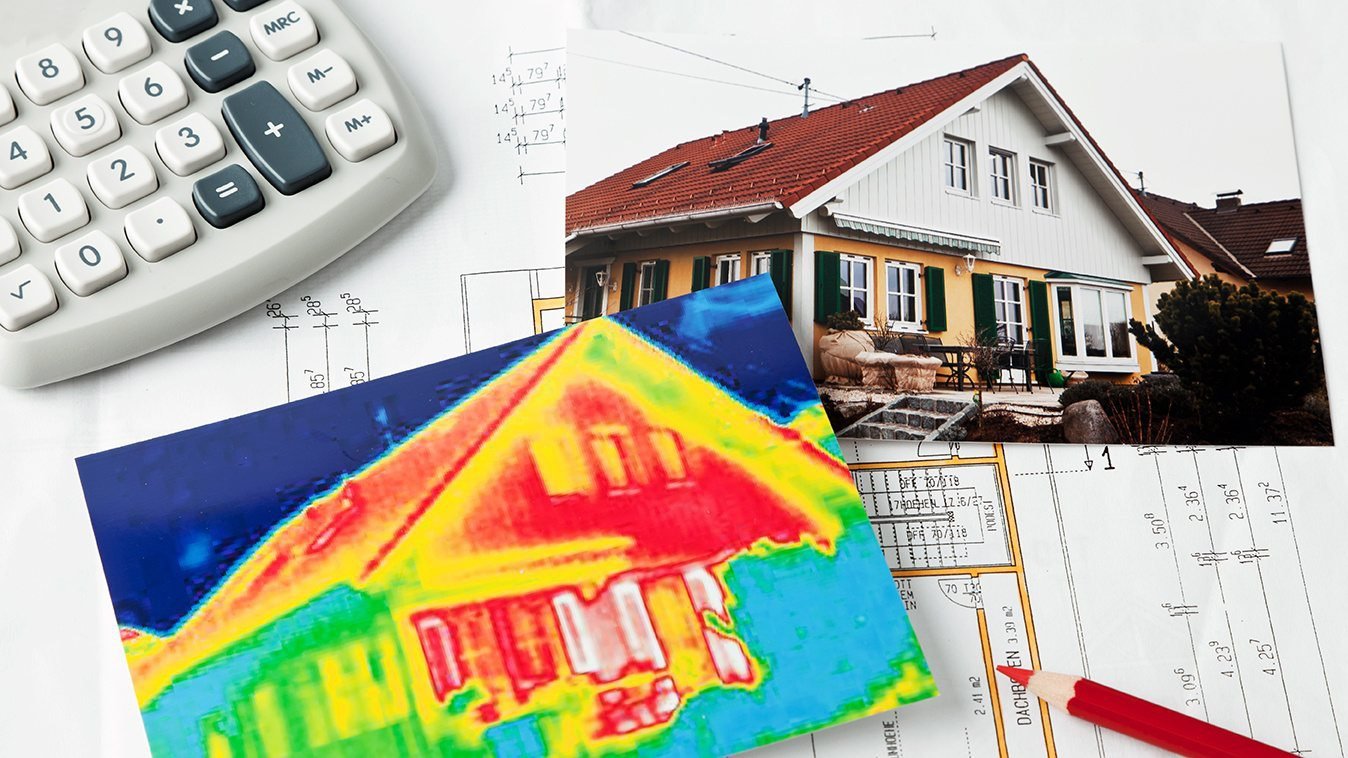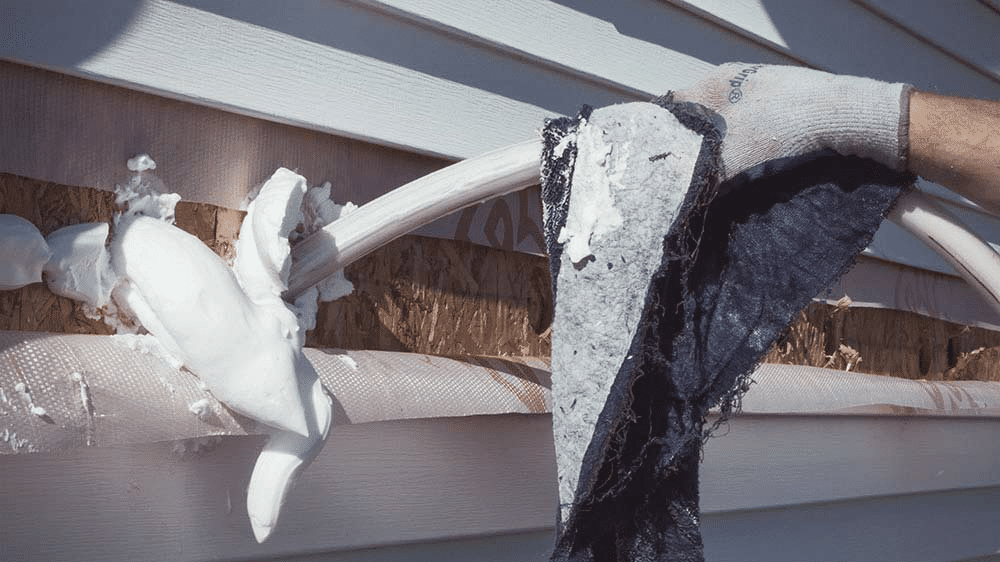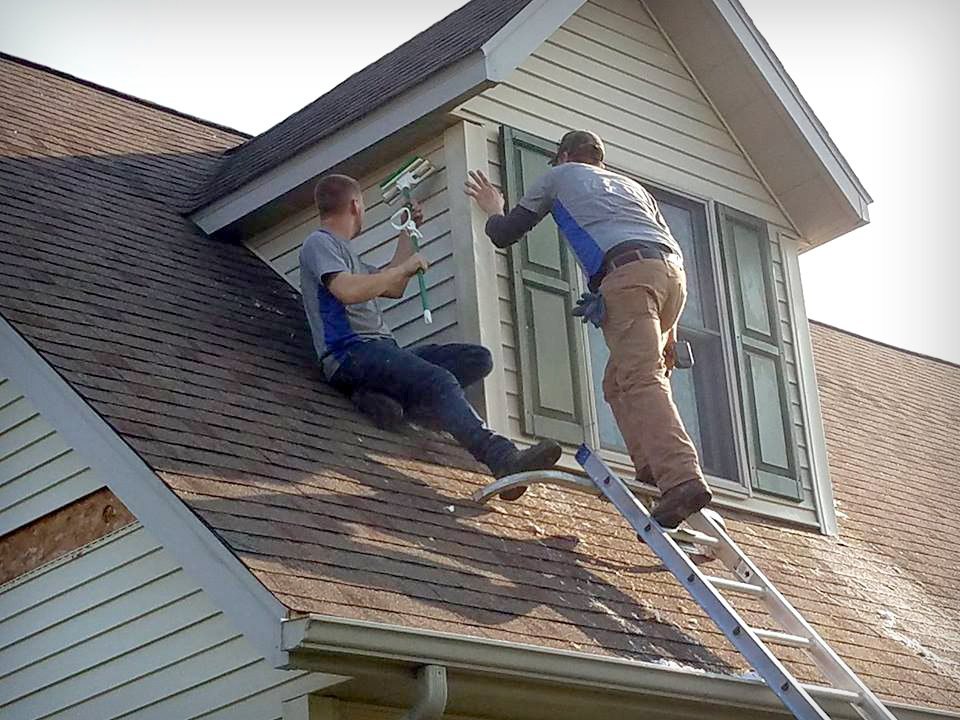How to Insulate Existing Walls


Cold spots and drafty rooms are tell-tale signs you need insulation in your existing walls, but you also need to know how to get the job done.
If you’re also experiencing high monthly energy bills, drafts coming through outlets, cold walls, and the dishes in the exterior wall cabinets are cold, then you need new or updated insulation in your walls.
Unless you are doing a remodel and gutting to the studs, there aren’t too many options for re-insulating existing walls. The two most common ways to insulate existing walls without tearing down drywall are injection foam and blown-in cellulose.
RetroFoam of Michigan has more than 20 years of experience insulating thousands of existing external walls across Michigan’s Lower Peninsula, so we have seen it all and know how to fix it all.
Insulating Existing Walls
In our ongoing efforts to help homeowners, we're breaking down the pros, cons, installation process, and costs of the options you have for existing walls that don't require a remodel.
Here's everything you need to know about injecting or blowing insulation into existing walls.
Blown-In Cellulose Wall Insulation

When it comes to adding insulation to existing walls, blown-in cellulose wall insulation is a popular choice.
This insulation, primarily made from recycled newsprint, conforms to spaces without disturbing your home's structure or finish.
Pros and Cons of Blown-In Cellulose
Blown-in cellulose insulation is budget-friendly and adds thermal insulation while providing some sound dampening.
However, it can have some downsides.
Cellulose might spill into your home through wall openings, like electrical outlets, and through ductwork. It also allows air leakage into and out of the home, contributing to energy loss, drafts, cold floors, and walls.
Cost of Blown-In Cellulose
The cost of installing blown-in cellulose insulation depends on several factors, including the size of the area to be insulated and the cost of hiring a licensed contractor.
Injection Foam Existing Wall Insulation

Injection foam wall insulation, like RetroFoam, is an insulation and air barrier designed to seal existing wall cavities against air movement.
It has the consistency of shaving cream and is a tripolymer-based resin that creates an odor-free, non-toxic foam insulation.
Pros and Cons of Injection Foam Existing Wall Insulation
Injection foam insulation is typically more expensive than traditional options, but it is very effective at making homes more comfortable and reducing energy bills.
It's also cleaner than cellulose, as it produces less dust and improves indoor air quality by keeping out allergens and pollutants.
However, if not installed by an experienced installer, it can lead to missed areas or even damage. Improper mixing can also cause moisture issues.
Injection Foam Insulation Cost
Like blown-in cellulose, the cost of injecting foam insulation into existing walls is influenced by the size of the area, the number of stories in your home, the type of siding, and the installation difficulty.
Injection Foam and Blown-In Cellulose Insulation Installation Process

Both injection foam and blown-in cellulose can be installed in existing walls similarly.
First, a row of siding is removed, and a hole is drilled into each stud cavity. The insulation material is then injected or blown in until the cavity is full.
Afterwards, the hole is plugged, and the siding is replaced.
For brick exteriors, holes are drilled into the mortar, insulation is installed, and then the holes are filled.
Making the Best Insulation Choice for Your Existing Walls
Now it's up to you to decide if blown-in cellulose or injection foam is the better fit for your existing wall insulation needs.
If you want to learn more about the benefits of foam insulation, check out our Learning Center. If you've decided injection foam is the way to go and you're in Michigan's Lower Peninsula or the greater Toledo area, give us a call at 866-900-3626 for a free estimate, or fill out the form on our website.
Related Articles
What is the Best Way to Insulate Concrete Block Walls in Homes?
How Do Crews Know if the Wall Cavity is Full When Injecting Foam Insulation?
About Amanda Emery
Amanda previously has worked as a breaking news and crime reporter, TV news producer, and editor in Flint and Detroit. Throughout her career as a journalist, she has won several awards from The Society of Professional Journalists - Detroit Chapter and the Michigan Press Association. As part of the RetroFoam of Michigan family, Amanda uses her experience as a journalist to write content that will help educate homeowners on the benefits of foam insulation. When Amanda isn’t writing, she’s spending time with her husband and rescued huskies. She also loves knitting, making art, cooking, and hosting dinner and a movie night for friends and family.



